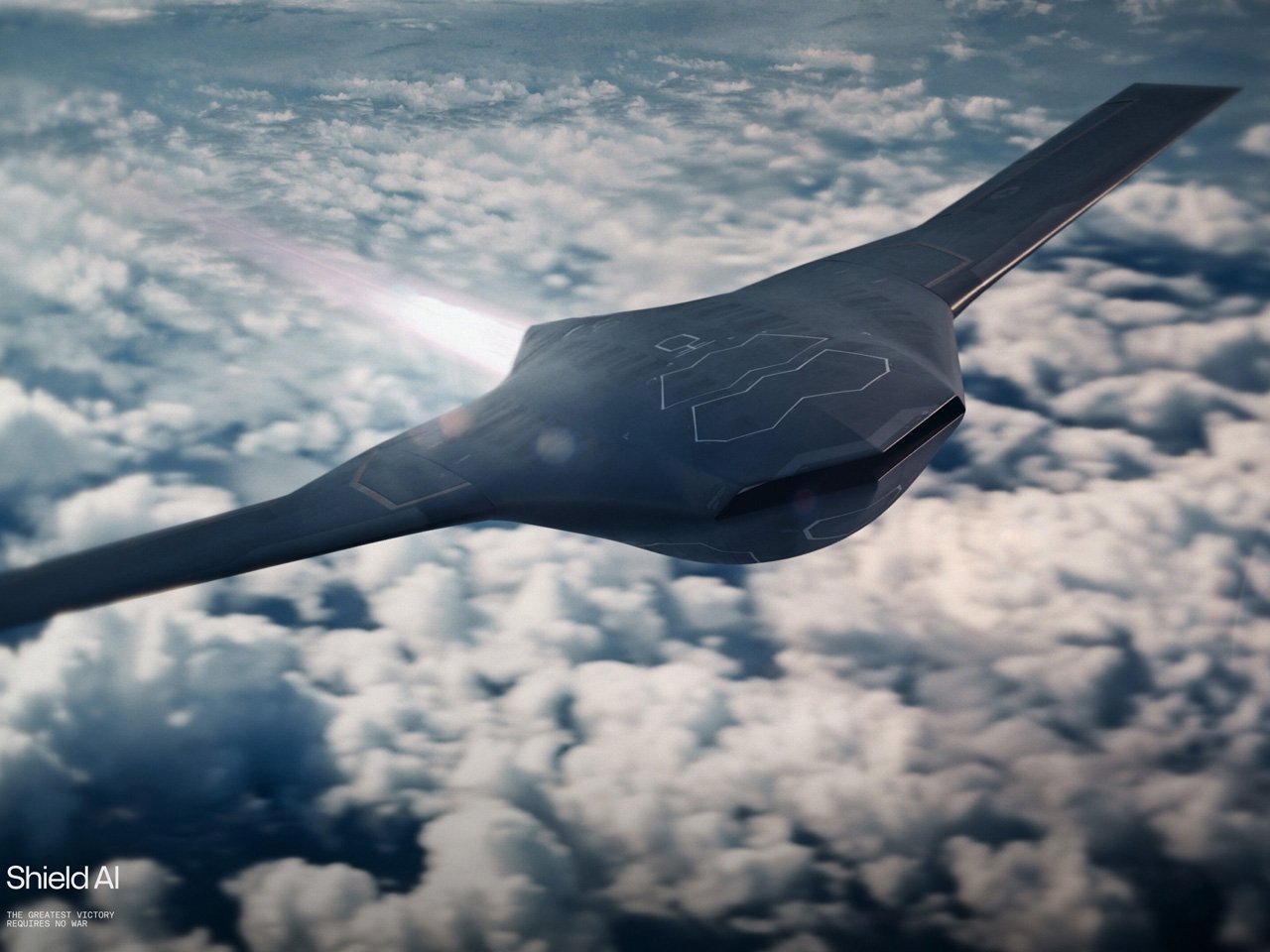Over the years, the skies of innovation have seen a quiet but steady invasion of VTOLs promising to redefine how we think about flight. From urban air taxis to hybrid combat drones, each concept seemed to inch closer to what once felt like science fiction. But every now and then, a creation comes along that feels straight out of Gotham. A machine so darkly sophisticated it blurs the line between military technology and cinematic imagination. Shield AI’s X-BAT is that machine: a stealthy, autonomous VTOL jet that looks and behaves like Batman’s next aircraft, only it’s very much real.
The X-BAT’s form is as functional as it is menacing. Designed for vertical take-off and landing, it eliminates the need for long runways, lifting off from ships, mountain outposts, or hidden bases with surgical precision. At about 26 ft in length and a 39 ft wingspan, the aircraft’s compact frame makes it deployable from virtually anywhere. Three of them could fit in the deck space of a single legacy fighter jet. Its range exceeds 2,000 nautical miles with a service ceiling near 50,000 ft, giving it the reach of a manned fighter but the adaptability of a drone.
Designer: Shield AI
What truly sets it apart, however, isn’t its shape, but what’s running the mind. Shield AI has built the jet around its Hivemind autonomy system, an artificial intelligence capable of autonomous combat navigation even when GPS or communication links are jammed. This means the X-BAT can fly, fight, and return without a pilot or external control, essentially thinking for itself in hostile skies. It’s a digital wingman, one that doesn’t fatigue, hesitate, or depend on real-time commands to survive.
Under the hood, the jet packs a fighter-class powerplant comparable to what drives an F-16, hinting at immense thrust and agility. Its stealth-optimized frame conceals internal weapons bays for air-to-air and air-to-surface missions, while external hardpoints can handle heavier payloads. Shield AI’s design philosophy captures a sense of radical independence: to “make the Earth our runway.” It’s about decentralizing airpower; removing the need for runways, refueling tankers, or sprawling bases, and instead creating a fleet of mobile, intelligent, and lethal aircraft that can be launched from unexpected corners of the world.
From a distance, its silhouette evokes something cinematic, a black-winged jet slicing through the night, soundless and untraceable. But behind the allure is a clear military purpose. The X-BAT is envisioned as a fighter-class autonomous aircraft for the next generation of contested environments, where adaptability and autonomy will decide outcomes more than raw power. Shield AI expects first VTOL tests in 2026, with full production targeted by 2029, signaling a serious commitment to making this concept operational.
The dynamic VTOL is less about replacing pilots and more about redefining their reach. It’s the latest in a lineage of machines that make imagination tangible, a reminder that the future of flight might not just look like the Batwing; it may very well be it, rising from hidden launch pads to patrol the skies of tomorrow.
The post X-BAT VTOL jet could be the real-world batwing we’ve been waiting for first appeared on Yanko Design.

